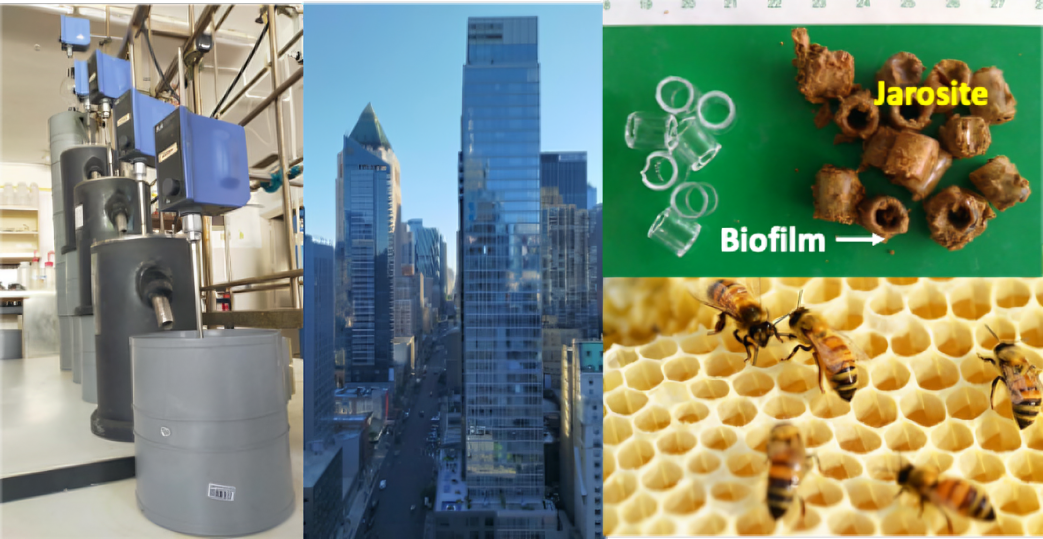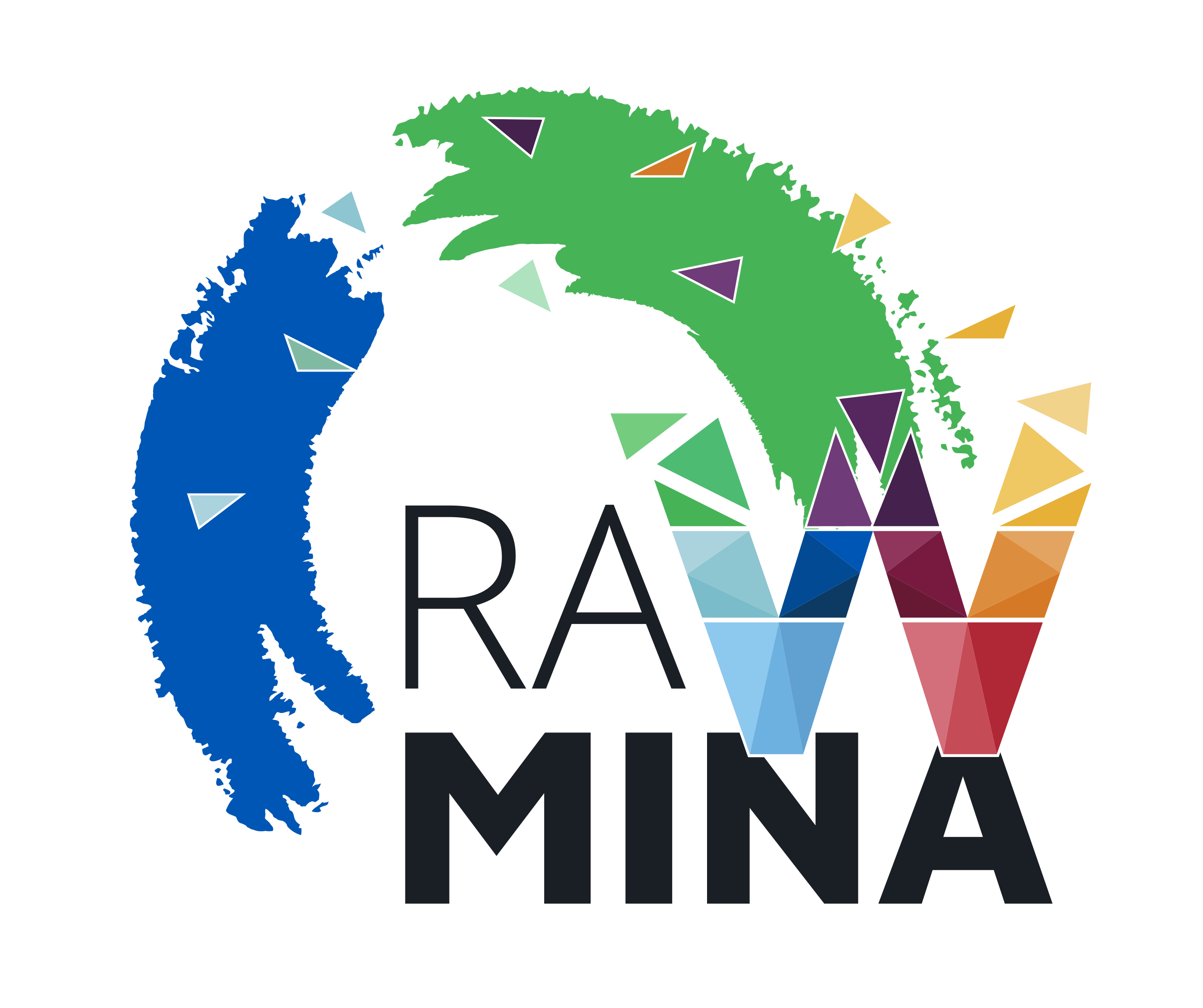Many metals that are now considered critical for our civilization were discarded as mining waste in the past. When they are discarded as mining waste, these metals are usually strongly bonded to sulphur in minerals or occluded, which makes obtaining them very difficult. However, there are microorganisms capable of extracting metals from minerals through a process known as Bioleaching. Bioleaching happens in bioreactors that are designed to create suitable conditions for feeding, temperature, and flow of the bacteria. These conditions allow the bacteria to be as active as possible.
The European RAWMINA project is testing bioleaching through experiments conducted with both very small volumes, just a few millilitres, to very big quantities of more than 10.000 litres. This will hopefully demonstrate that bioleaching is an economically efficient and technically feasible way to obtain useful raw materials from mining waste.
It’s paradoxical that many of the raw materials that are considered critical nowadays for our civilization and its technological development were discarded in the past as mining waste. Most of these critical raw materials are metals, and some of them are very familiar to us because they are found in our laptops or mobile phones. These critical metals, such as antimony, cobalt, germanium and tungsten have always been present in the Earth’s crust, along with other metals such as copper, zinc or lead (also known as base metals).
Before the current technological revolution, these base metals were considered much more valuable. For this reason, minerals that weren’t rich in base metals were discarded as mining waste. Because of this mining methodology, the raw materials that are now considered highly useful can be found by the tonnes in mining waste.
Mining waste must be properly managed because it can become dangerous when handled irresponsibly: it contains toxic heavy metals and generates acid, not to mention that it's often stored in ugly, unappealing mining landfills and ponds.
Although these valuable metals come from the Earth’s crust, we can now find them in mining waste bonded to sulphur in complex minerals matrices, or physically occluded in them. Given that these metals are so embedded in other parts of the mining waste, obtaining them is technically very difficult because it is not easy to break the strong bonds between sulphur and metals. Fortunately for us, there are very specialised microorganisms with the amazing ability to release these valuable metals from sulphide minerals through a process known as Bioleaching.
In the presence of water, the metabolism of these microscopic living beings generates physicochemical conditions which catalyse sulphur oxidation, breaking the bonds between sulphur and metals. When this happens, the metals are released and available to be separated and produced as pure products. To do this complex and hard work, all these invisible metalworkers - the bacteria - need, is air to breathe. You might be wondering, what do they eat to keep them alive? Believe it or not, they consider mineral substances, such as iron or sulphur, as food. This all means that bioleaching is a clean and sustainable technological way to obtain metals from sulphide minerals.
To obtain metals through bioleaching at a commercial scale, a massive and very active microbial population is necessary. To make a population this large and productive, we need a specifically designed environment where they can grow and thrive while they destroy the strong crystal structures of sulphide minerals. This environment is created within a bioreactor. In bioleaching bioreactors, minerals are continuously fed to the bacteria in the form of a pulp which consists of minerals finely milled and suspended in water.
Simultaneously, air is injected into the pulp as bubbles which allows the bacteria to breathe. You can think of a bioreactor as an overpopulated city such as New York where the millions of citizens are very hardworking bacteria. In this bacterial “city”, there’s a very efficient shipment and trash collector service, which is the flowing pulp that is constantly stirred and circulated.

Bacteria colonise the minerals attached to its surface, generating a porous and tri-dimensional structure known as biofilm, which is ideal for bacterial growth. It is like a honeycomb but instead of beeswax, there are metabolites excreted by bacteria and precipitated chemicals, mainly jarosites (we can also find jarosites on Mars!). Going back to our city analogy, biofilms are like the skyscrapers in Manhattan because they can host a very high concentration of microorganisms.
To start up bioleaching bioreactors, a very small quantity of bacteria must be selected, adapted, and trained. After waiting for the number of bacteria to increase, through the natural process of cellular division, we will have a sufficient microbial population.
The European RAWMINA project is testing bioleaching applied to mining waste to obtain critical metals and valuable iron oxides. Experiments are conducted on a small scale, with only a few millilitres of pulp, to large-scale bioreactors, with a volume higher than 10.000 litres. As of right now, very promising results are coming in, and we hope that in the next RAWMINA newsletter, we can tell you that the RAWMINA consortium’s efforts were successful.
